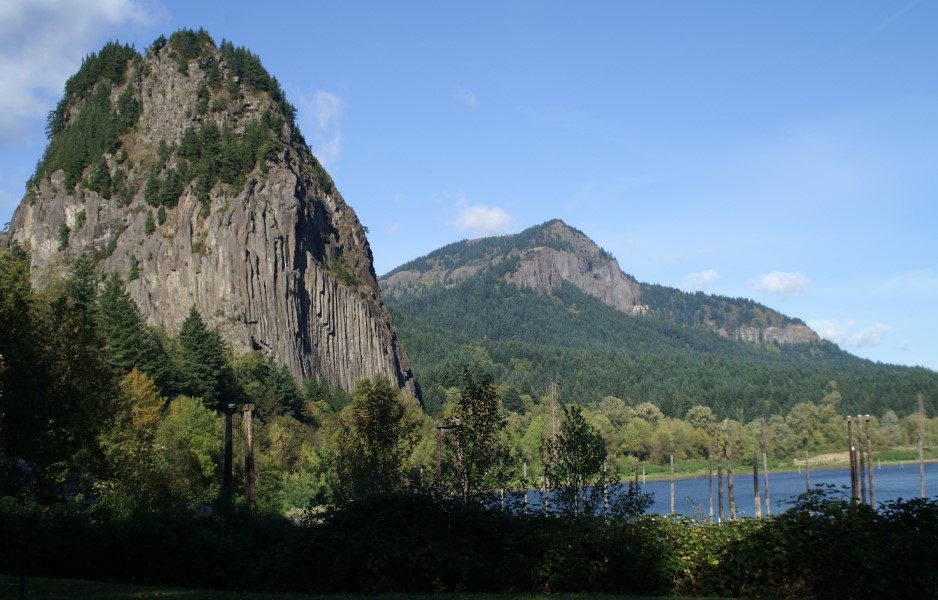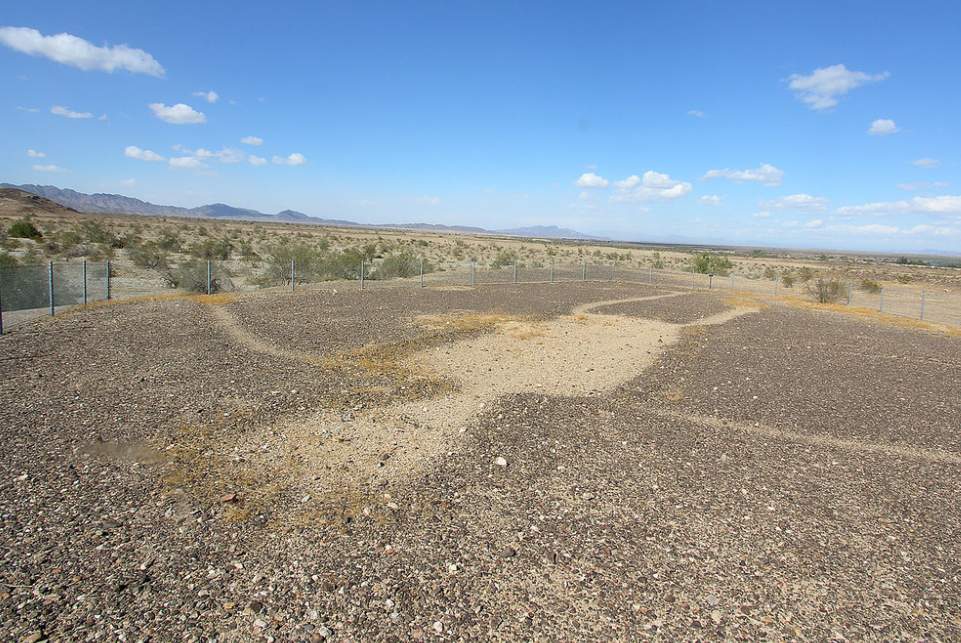The ash flow from the eruption of Novarupta inundated the Valley of Ten Thousand Smokes in Katmai National Park and Preserve in Alaska. On June 6, 1912, after five days of violent earthquakes on the Alaska Peninsula, one of the most massive eruptions of the 20th century occurred at a previously unidentified geological formation called Novarupta, Latin for “new eruption.” Incredibly, after almost sixty hours, the eruption sent ash and pumice into the sky as high as 30 kilometers and densely darkened the sky over most of the Northern Hemisphere.
Moreover, as the ejected materials rained back into the valley, they smothered a 100-square-kilometer area with ash and pyroclastic flows up to 200 meters deep. The ash fell two feet deep on the neighboring Kodiak Island, 185 kilometers away, and fumes produced acid rains 600 kilometers away, ruining brass as far away as California and Colorado. The high-altitude haze robbed the northern temperate zone of an estimated 10% of the sun’s heat during the summer of 1912.
Therefore, four years later, when the National Geographic Society sent explorer Robert F. Griggs for a cover story, he amazingly found that the valley had been engulfed in superheated steam escaping from thousands of fissures and cracks. The unbelievable sight prompted him to name the once vibrant valley “the Valley of Ten Thousand Clouds of Smoke.” Now, more than a hundred years later, most of the fumaroles have vanished, and the valley is no longer filled with smoke.
But some signs of volcanic activity are still noticeable on nearby hills. Therefore, until the 1960s, this region was so scared that it was used as a training area for U.S. astronauts for moon landings. Novarupta itself is a mere bump on the valley’s floor and rises only 65 meters above its surface. At the time explorers first entered the valley, this was one of the hottest regions, and the dome still wafts warm steam.
Moreover, during the eruption, a large amount of magma was drained from magma chambers below, resulting in the collapse of the summit of another volcano called “Mount Katmai,” almost 10 kilometers away from Novarupta. The huge collapse produced a crater around two miles in diameter and over 800 feet deep. However, the early investigators assumed that Katmai was responsible for the eruption.
It was not until the 1950s that the true source of the eruption was discovered. Nowadays, you can take the trip from Brooks Camp out to the Valley of Ten Thousand Smoked Clouds of Smoke. The turbulent Ukak River and its tributaries have cut deep gorges in the accumulated ash. The region is still recovering, and plants have started to grow on the valley floor. The Valley of Ten Thousand Smokes is not yet able to sustain animal life, but moose and bears can cross it from time to time.
Also read: Waw-an-Namus ! A Vocanic Crater of Libya















